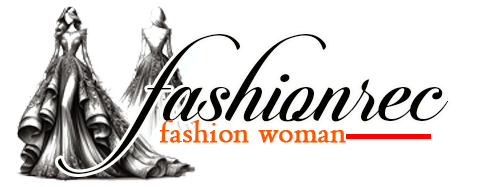Table of Contents
Mastering the Exposure Triangle: A Guide to Perfectly Balanced Photos
Photography is an art form that allows us to capture moments and express our creativity through visual storytelling. One essential skill that every photographer must master is understanding the exposure triangle. The exposure triangle consists of three crucial elements: aperture, shutter speed, and ISO. By manipulating these settings, photographers can achieve perfectly balanced photos that showcase their artistic vision. In this comprehensive guide, we will delve into the intricacies of the exposure triangle and provide you with valuable insights and tips to elevate your photography skills.
Understanding Aperture
Aperture refers to the opening in the lens that controls the amount of light entering the camera. It is measured in f-stops, represented by numbers such as f/1.8, f/4, or f/16. A low f-stop number indicates a wider aperture, allowing more light to pass through, while a higher f-stop number signifies a narrower aperture, resulting in less light reaching the camera sensor. The aperture also affects the depth of field, determining how much of the image is in focus. A wide aperture (low f-stop) creates a shallow depth of field, blurring the background and emphasizing the subject, whereas a narrow aperture (high f-stop) produces a larger depth of field, keeping both the subject and the background in focus.
When capturing portraits, a wide aperture is often preferred to achieve that beautiful background blur, also known as bokeh. On the other hand, landscape photography generally requires a narrow aperture to ensure that everything from the foreground to the background appears sharp and detailed. Experimenting with different aperture settings will allow you to discover the desired effect for each photographic situation.
Mastering Shutter Speed
Shutter speed refers to the length of time the camera’s shutter remains open, determining the amount of light that reaches the sensor. It is measured in seconds or fractions of a second, such as 1/1000, 1/250, or 1″. A faster shutter speed (such as 1/1000) allows for a shorter exposure time, resulting in a freeze-frame effect that captures fast-moving subjects with precision. On the other hand, a slower shutter speed (such as 1″) creates a longer exposure time, which can be used creatively to capture motion blur or create light trails.
Understanding the relationship between shutter speed and aperture is crucial. As you increase the shutter speed, less light enters the camera, requiring a wider aperture or higher ISO to maintain a well-exposed image. Similarly, a slower shutter speed necessitates a narrower aperture or lower ISO to avoid overexposure. Balancing these settings is key to achieving the desired exposure while maintaining the artistic intent of the photograph.
Unraveling ISO
ISO refers to the camera’s sensitivity to light. It is measured numerically, such as ISO 100, ISO 400, or ISO 3200. A lower ISO number indicates lower sensitivity to light, suitable for bright environments, while a higher ISO number signifies higher sensitivity, useful in low-light conditions. However, increasing the ISO also introduces digital noise or graininess in the image. Therefore, it is crucial to strike a balance between ISO and the other two elements of the exposure triangle to achieve optimal image quality.
Modern cameras offer impressive ISO performance, allowing photographers to capture stunning images even in challenging lighting conditions. However, it is essential to understand the limitations of your camera and experiment with different ISO settings to find the sweet spot where image quality is not compromised.
Frequently Asked Questions
Q: How can I achieve a well-balanced exposure?
A: To achieve a well-balanced exposure, you need to consider the interplay between aperture, shutter speed, and ISO. Experiment with different combinations of these settings until you achieve the desired exposure levels while maintaining the artistic intent of your photograph.
Q: What is the ideal aperture setting for portraits?
A: When capturing portraits, a wide aperture (low f-stop number) is often preferred to create a shallow depth of field, which helps to isolate the subject and create a pleasing background blur.
Q: How does shutter speed affect motion blur?
A: Shutter speed determines the length of time the camera’s shutter remains open. A slower shutter speed can introduce motion blur, which can be creatively used to capture the sense of movement or create light trails. On the other hand, a faster shutter speed freezes motion, resulting in sharp and detailed images.
Q: What is the relationship between ISO and image quality?
A: Increasing the ISO sensitivity allows for better low-light performance, but it also introduces digital noise or graininess in the image. It is crucial to find the optimal ISO setting for your camera, considering the balance between image quality and the amount of available light.
For more in-depth information on mastering the exposure triangle and taking perfectly balanced photos, check out these resources:
Remember, mastering the exposure triangle takes practice, patience, and a keen eye for detail. By understanding how aperture, shutter speed, and ISO work together, you can unlock the full potential of your photography skills and capture breathtaking images that tell compelling stories.
 fashion rec fashion wanted
fashion rec fashion wanted



